
The Latest from Salem: May 10, 2019

Dana Hepper, director of policy and advocacy at Children’s Institute, and James Barta, strategic director at Children First for Oregon, provide a timely policy update on the current legislative session.
Key takeaways:
- The Senate vote on HB 3427, which has passed the House and allocates $2 billion to education, continues to be delayed.
- Approximately $400 million in this package is dedicated to early childhood.
- Oregon Business and Industry is neutral on the bill.
- Many Republican senators are pushing for further negotiations.
- If the bill secures 18 votes in the Senate it will become law; it’s likely it will then be referred to voters.
- Your voice matters! Use the link below to contact your senator.
Visit our policy page for more information about our full policy agenda.
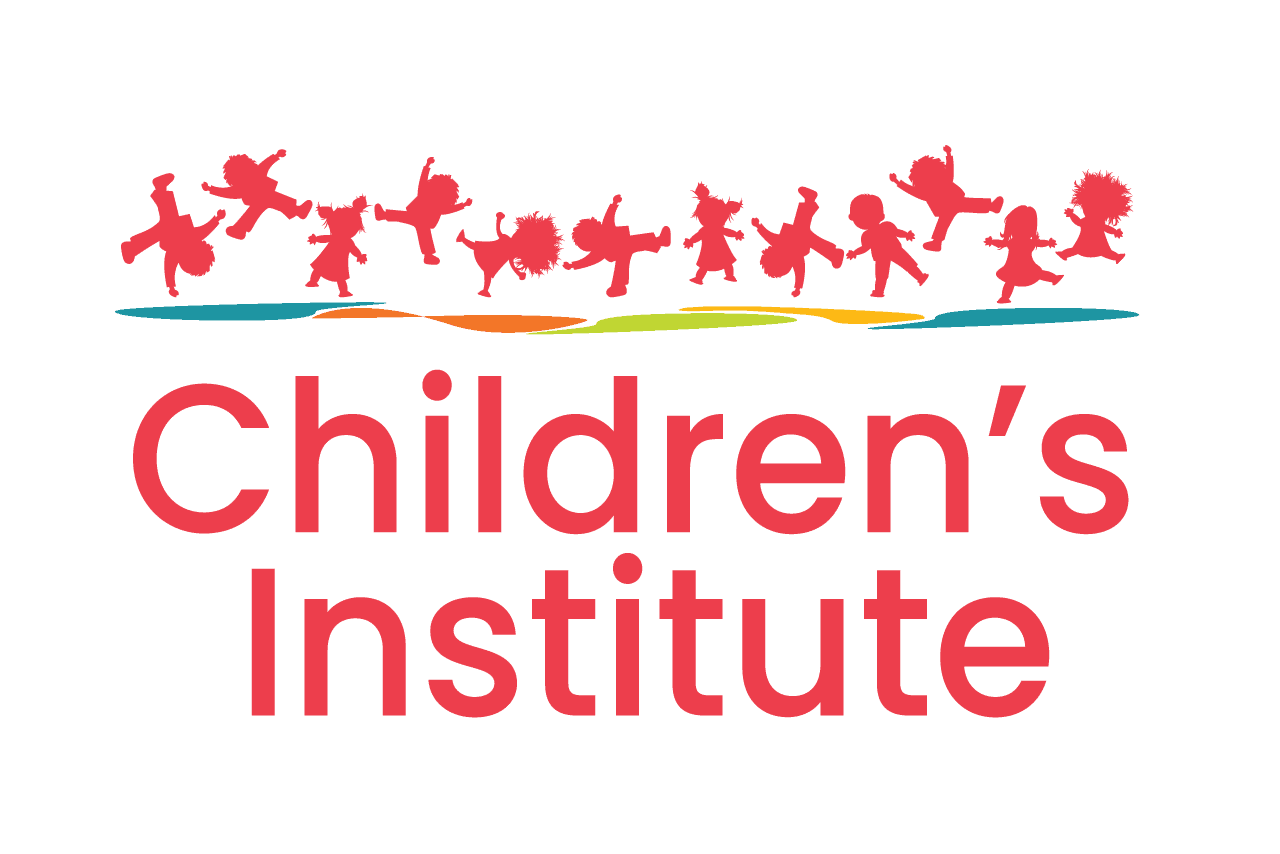


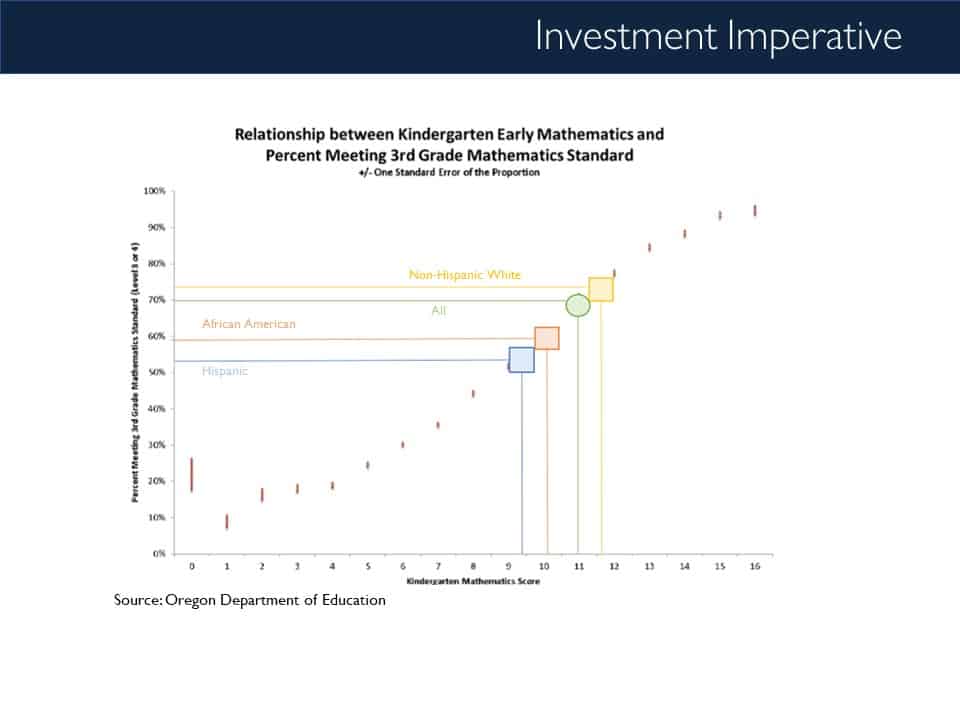

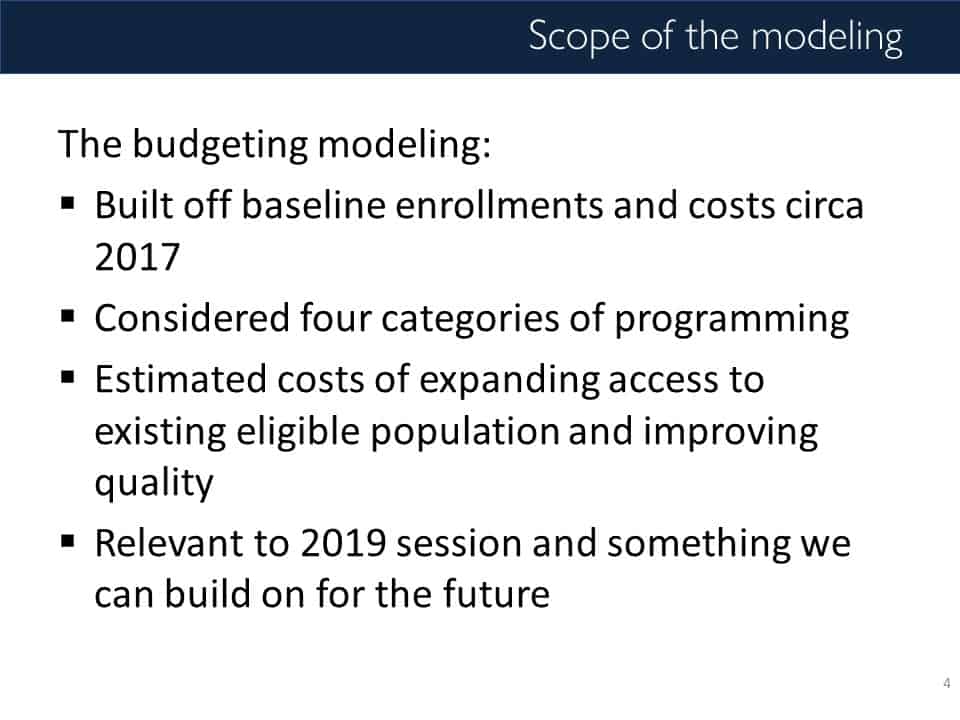





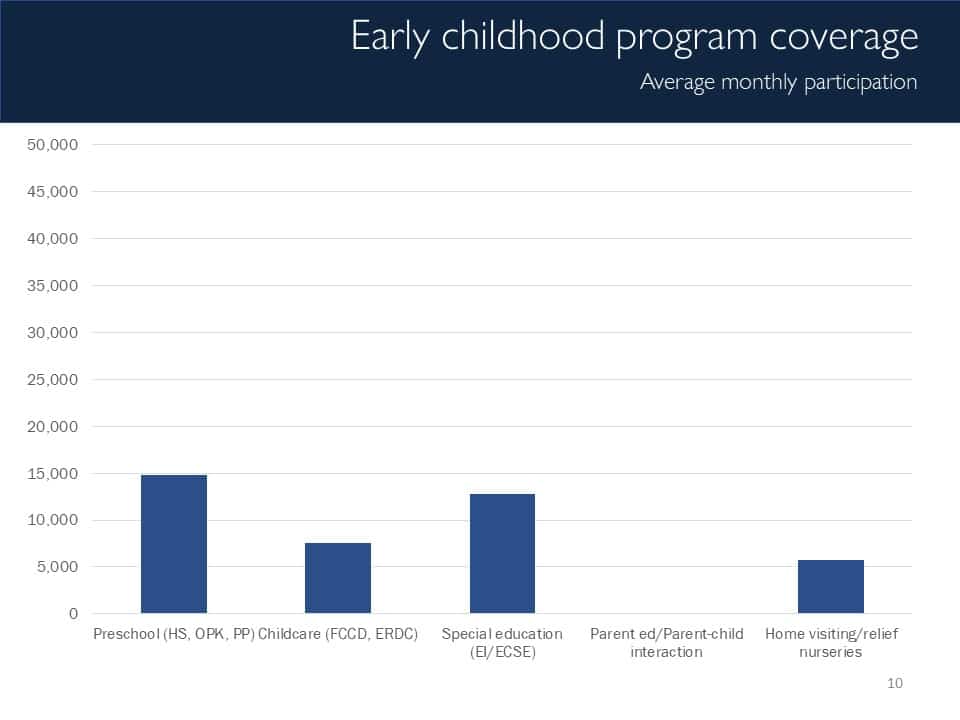
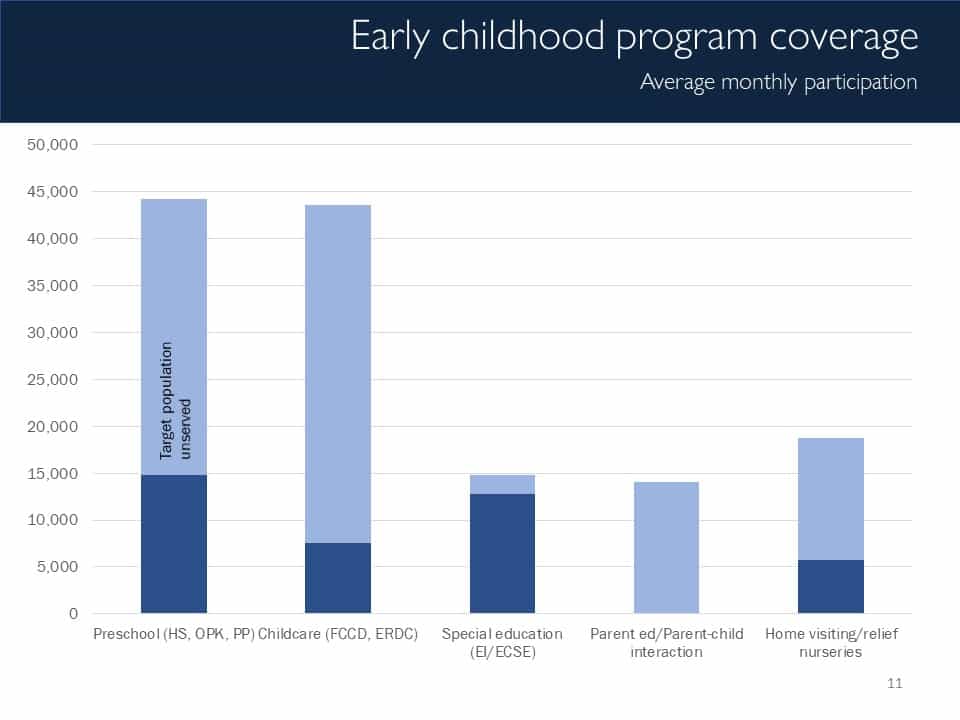


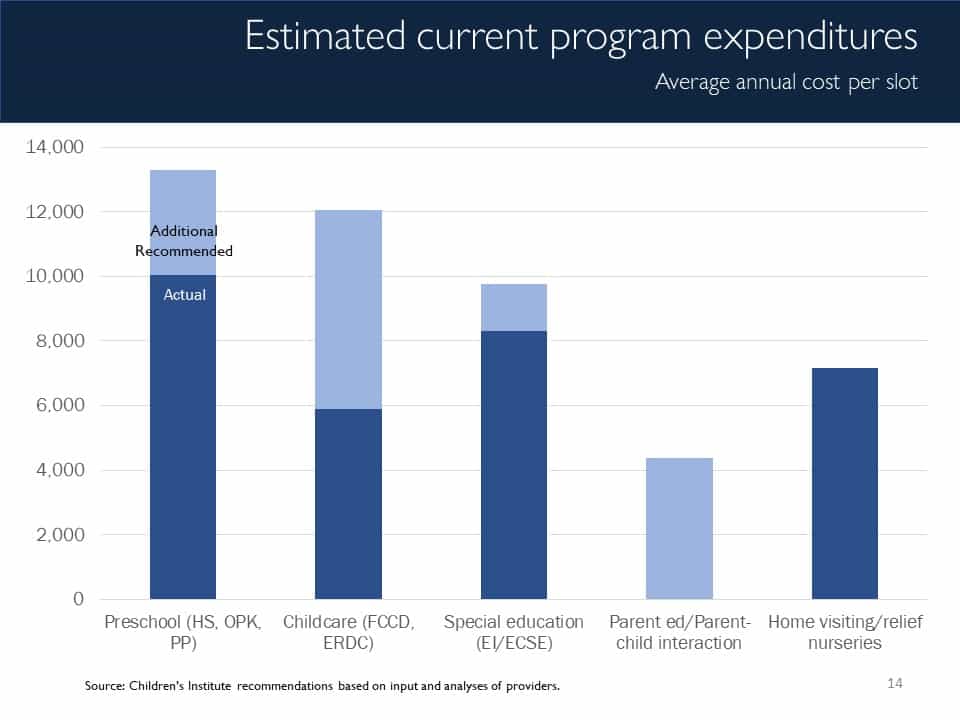
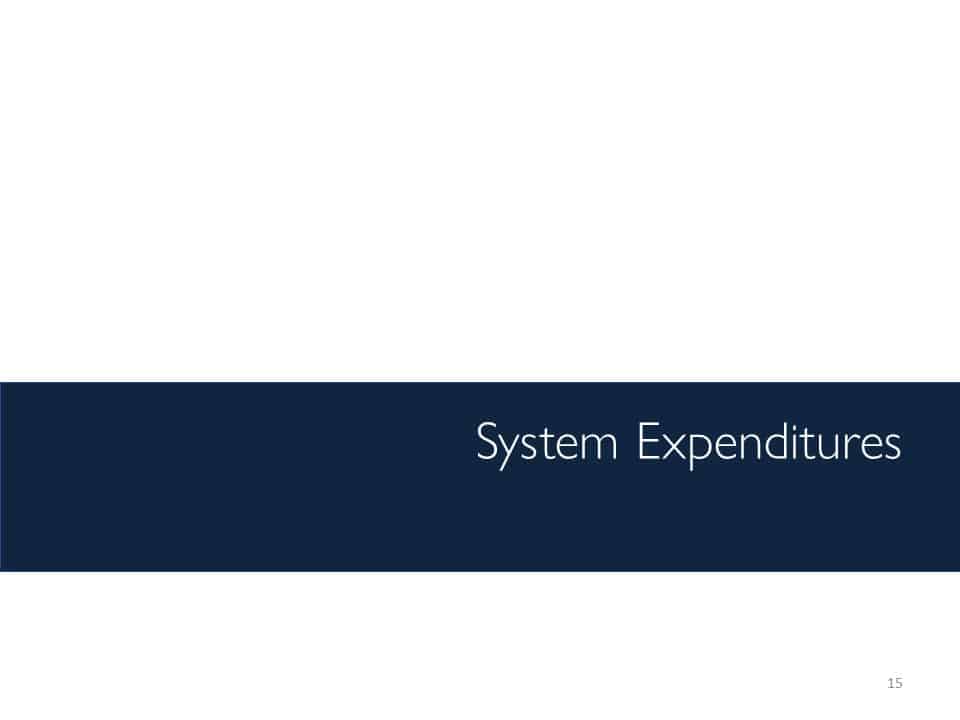
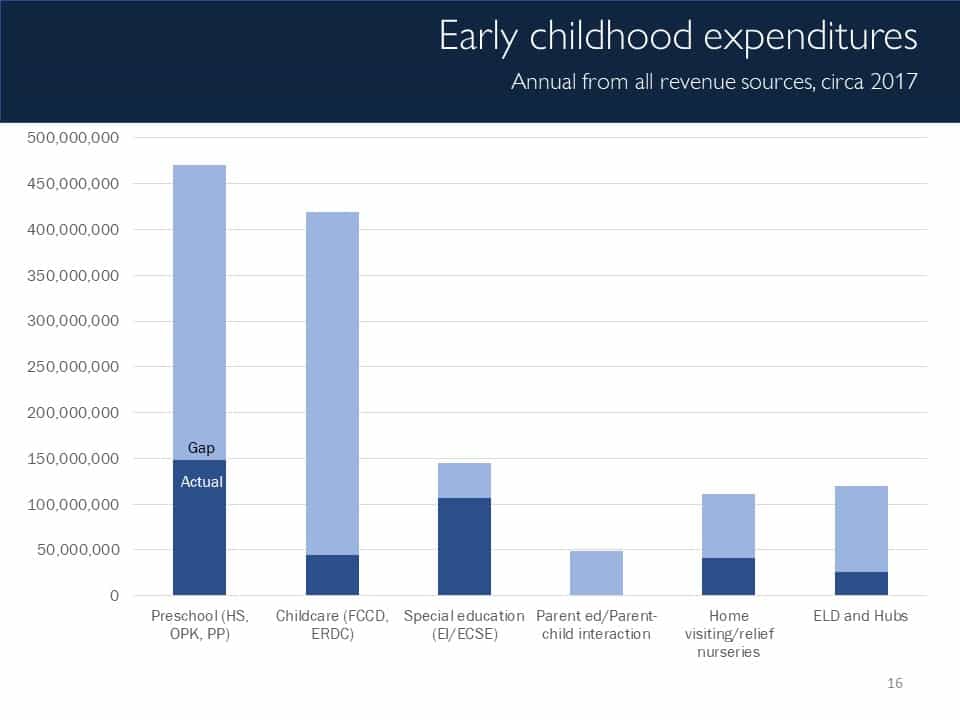


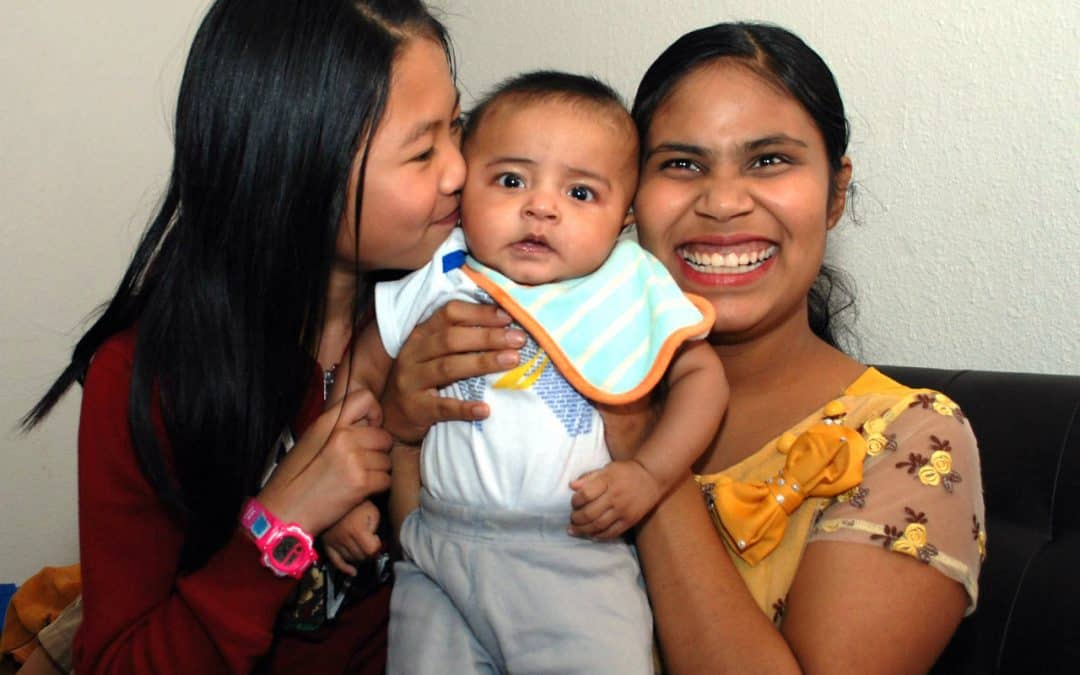

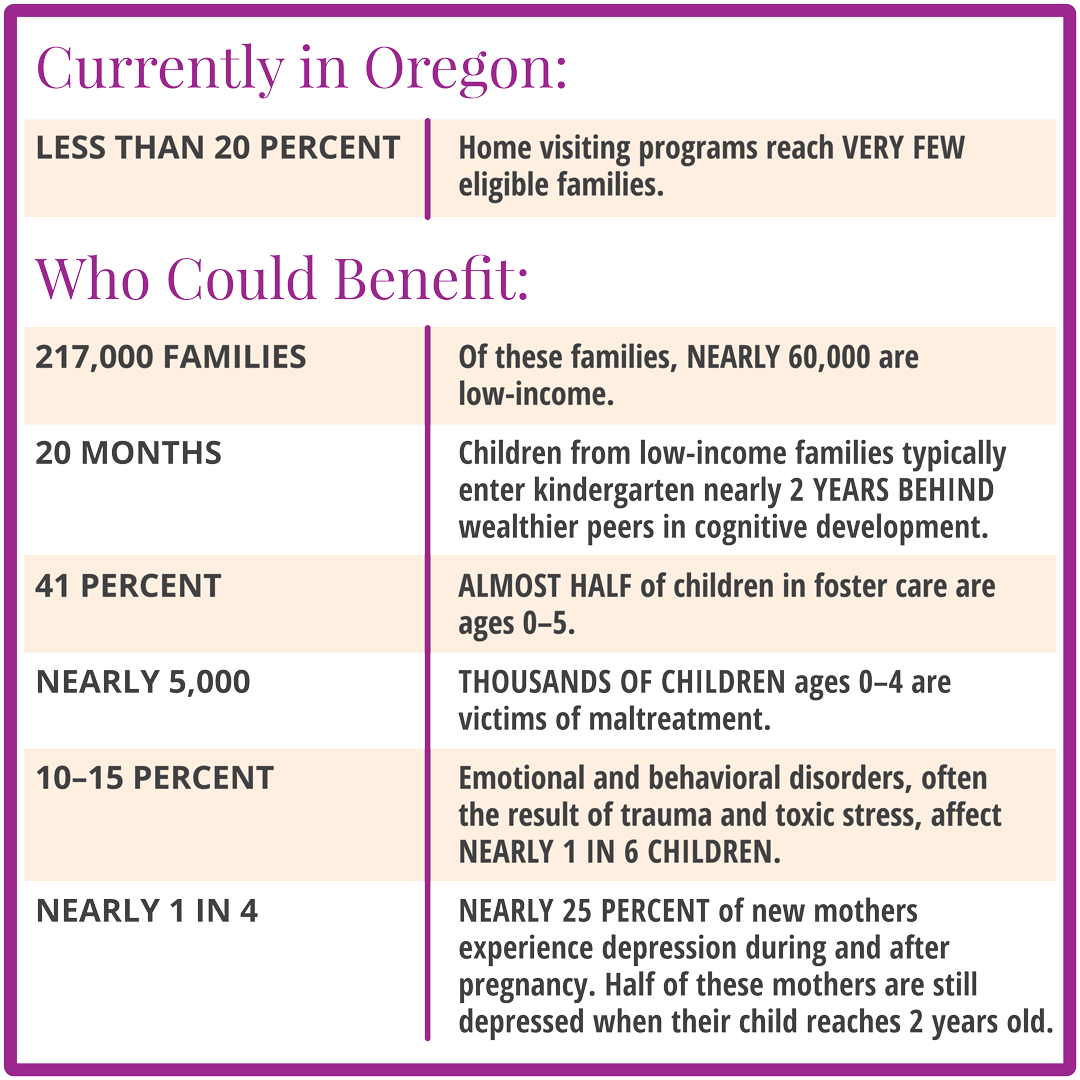
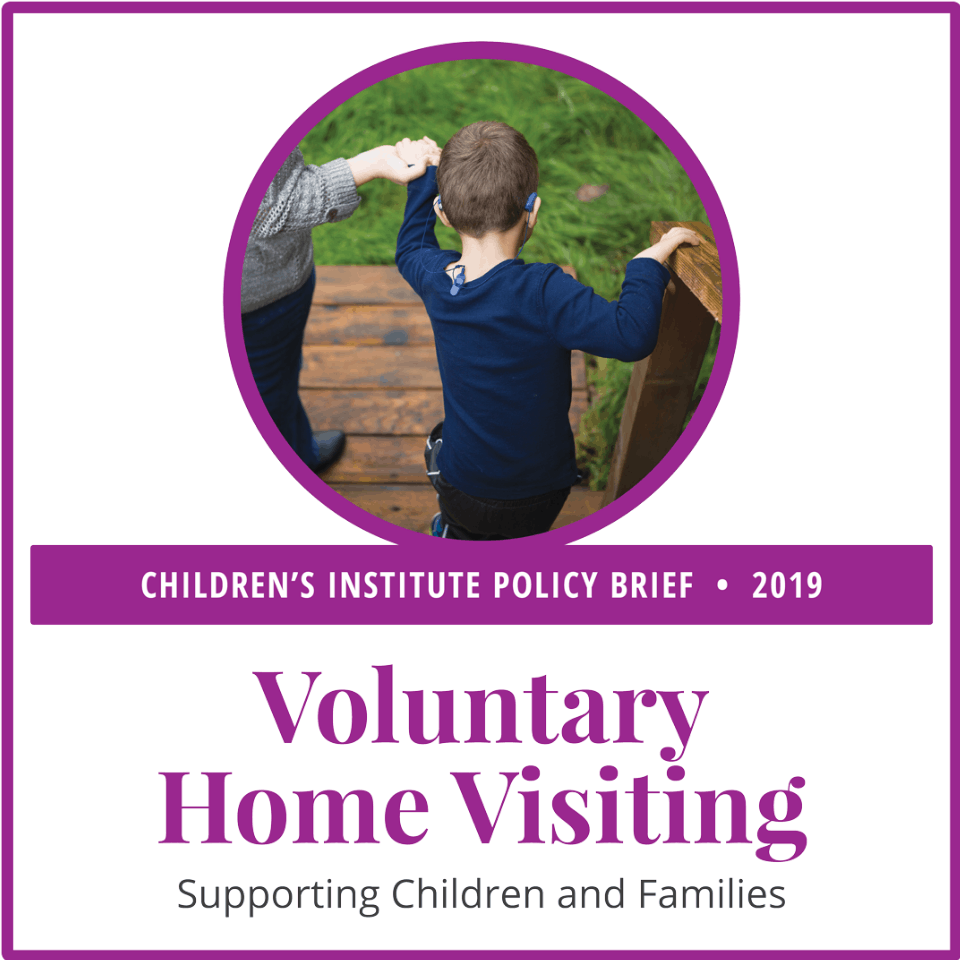
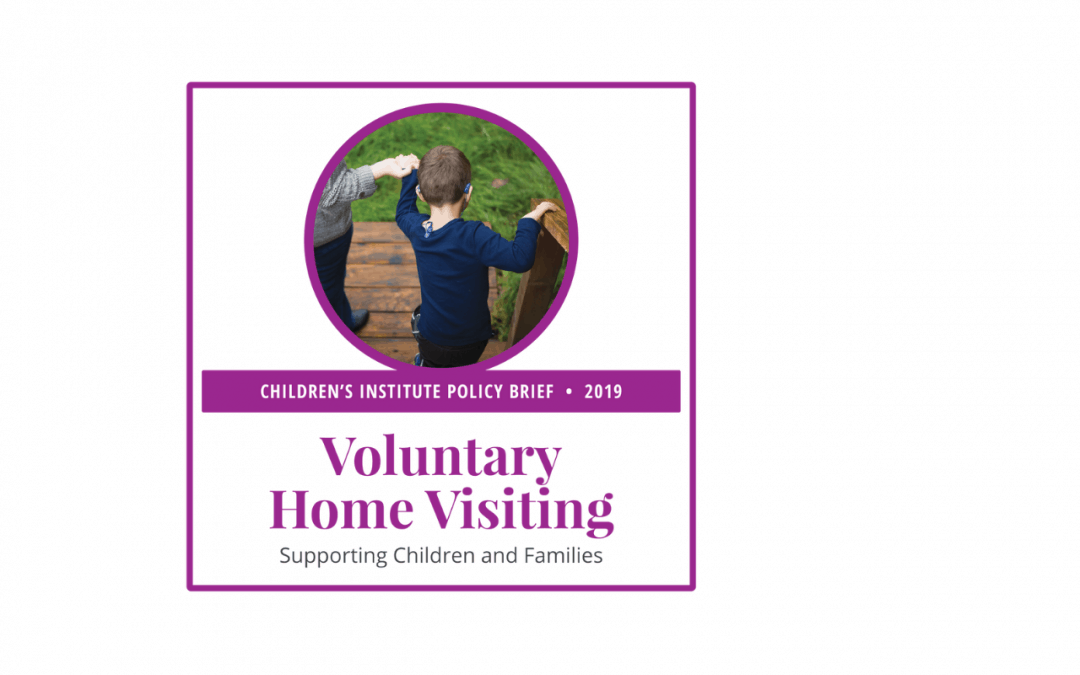
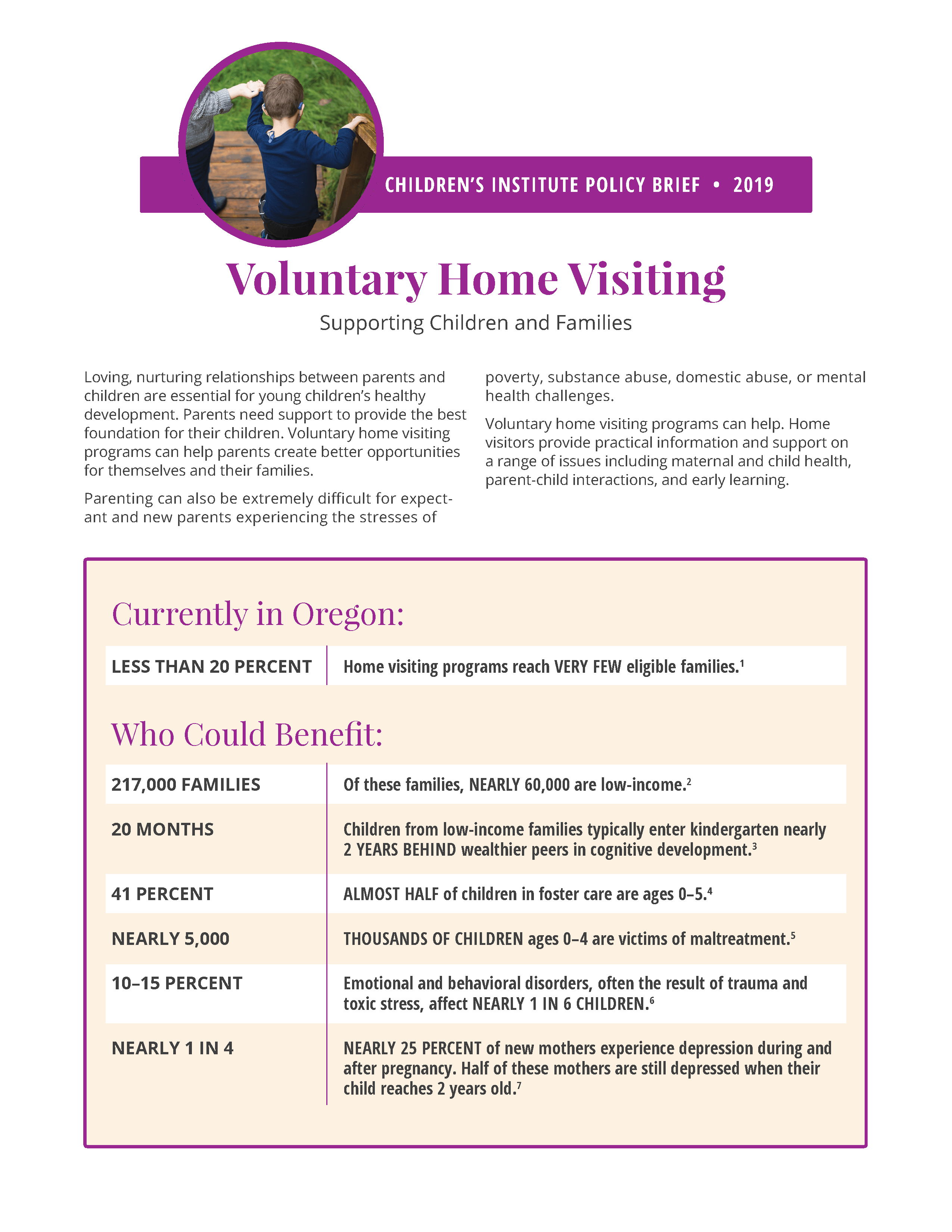 Our policy brief on home visiting focuses on promoting loving, nurturing relationships between parents and children and the role of home visiting programs across Oregon.
Our policy brief on home visiting focuses on promoting loving, nurturing relationships between parents and children and the role of home visiting programs across Oregon.